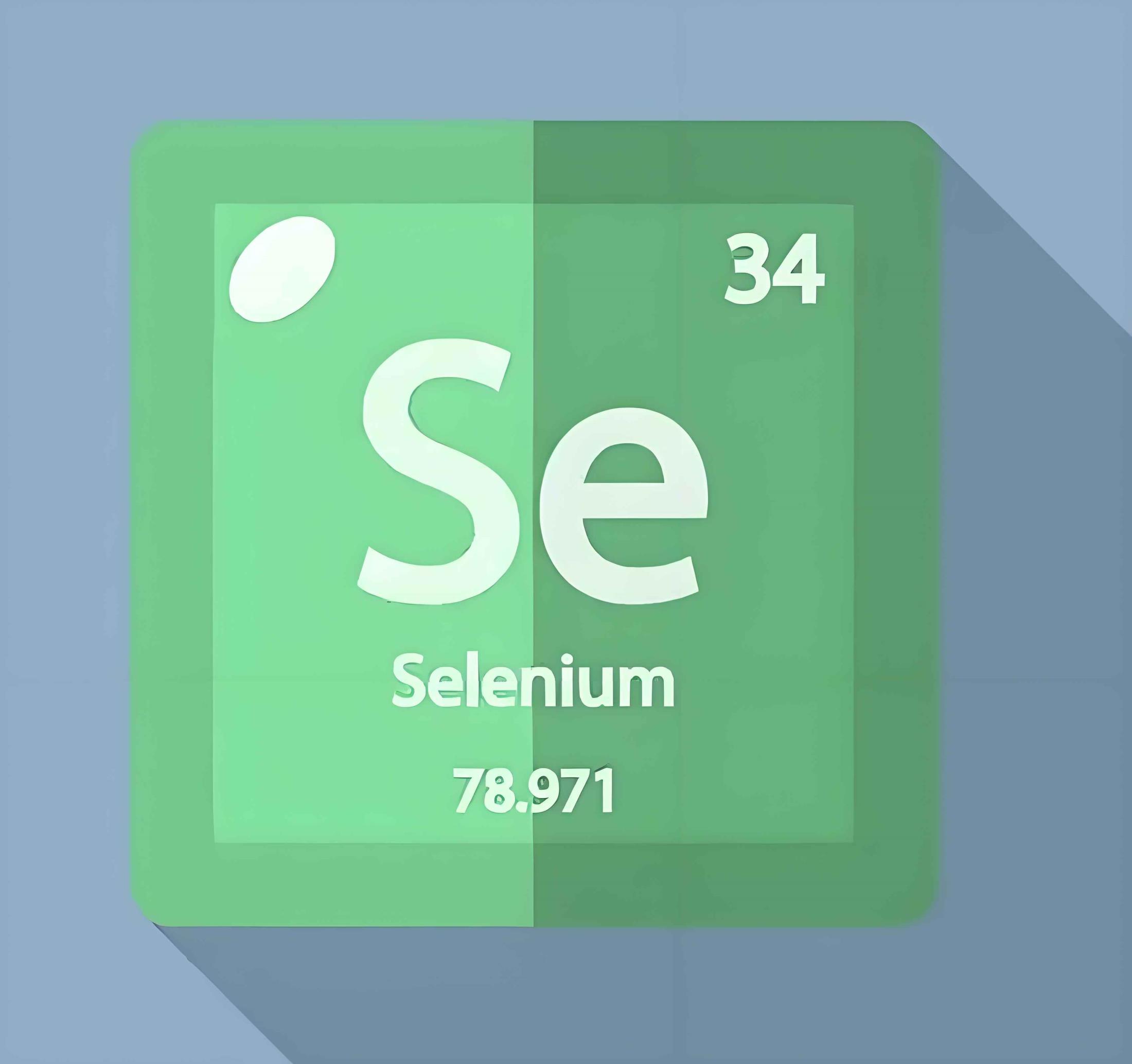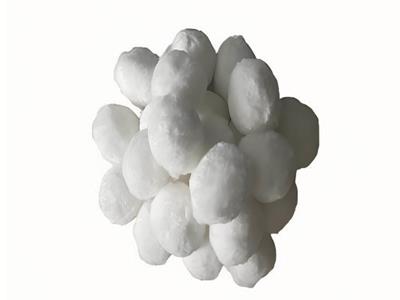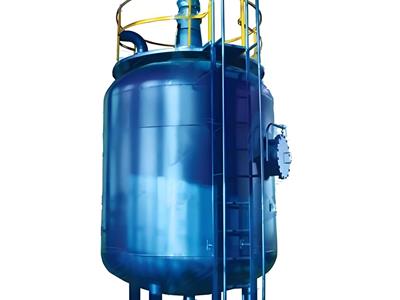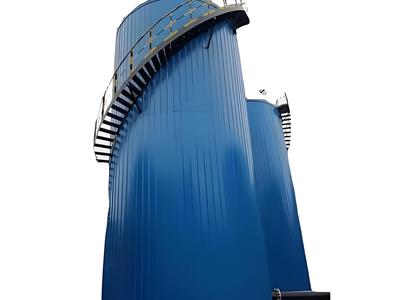- 2025-07-22
How to Remove Selenium from Water
Core pollution control standards
Drinking water selenium concentration limit ≤ 0.05mg/L (GB 5740-2022)
Total selenium in industrial wastewater needs to be < 0.2mg/L (GB 8978-1996)
Dual process deep purification system
1. High-pressure reverse osmosis unit
Use cross-linked aromatic polyamide composite membrane (desalination rate ≥ 99.2%)
Adaptive adjustment of working pressure 4.0-6.5MPa
Pre-activated carbon adsorption tank intercepts colloidal selenium (COD<sub>Mn</sub> reduction rate > 85%)
2. Selective ion exchange system
Strong base anion resin (exchange capacity ≥ 1.2eq/L)
Dynamic adsorption of selenate (SeO<sub>4</sub><sup>2-</sup>) takes precedence over sulfate
Selenium concentration in acid-base regeneration waste liquid is concentrated to 8g/L (recyclable resource)
Key parameters for project implementation
Control links Technical measures Performance indicators
Pretreatment Multi-media filtration + micro-flocculation Turbidity stability ≤ 0.3NTU
Membrane pollution prevention and control High-frequency pulse backwash (every 2h/time) Membrane flux attenuation rate <3%/month
Resin regeneration 4%NaOH gradient elution Selenium analysis efficiency > 98.5%
System operation benefits
Water outlet guarantee:
Selenium concentration ≤ 0.005mg/L (10 times better than the national standard)
Energy consumption per ton of water treatment < 1.2kWh (RO+IX coupling process)
Operation and maintenance advantages:
Automated regeneration system reduces manual intervention by 70%
Membrane life extended to 60 months (pH value intelligent control)
Compliance certification:
Passed NSF/ANSI 58 certification
Meets HJ 1091-2020 water quality automatic monitoring standard






